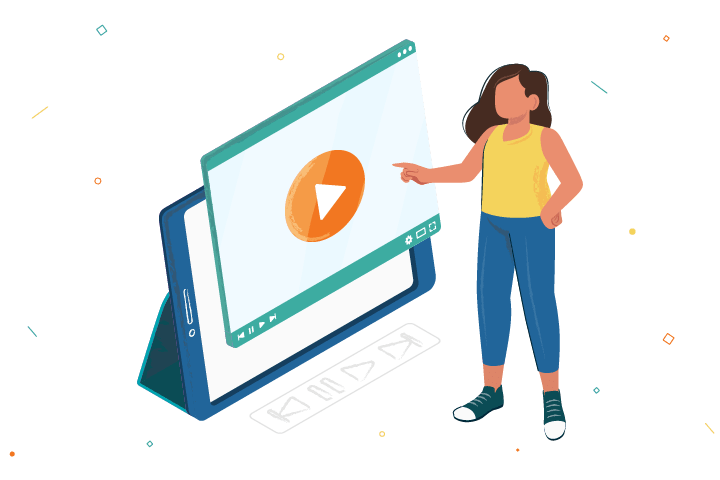Master the Art of SaaS and Ecommerce with These 9 Tips
February 24, 2023
How to Create a Profitable SaaS Marketing Funnel
October 20, 2022
9 Actionable Ways to Increase Your SaaS Product Sales
January 6, 2022
How to Accelerate Your SaaS Product Adoption (5 Easy Ways)
December 21, 2021
How to Scale your SaaS Business in 2021
May 1, 2021








